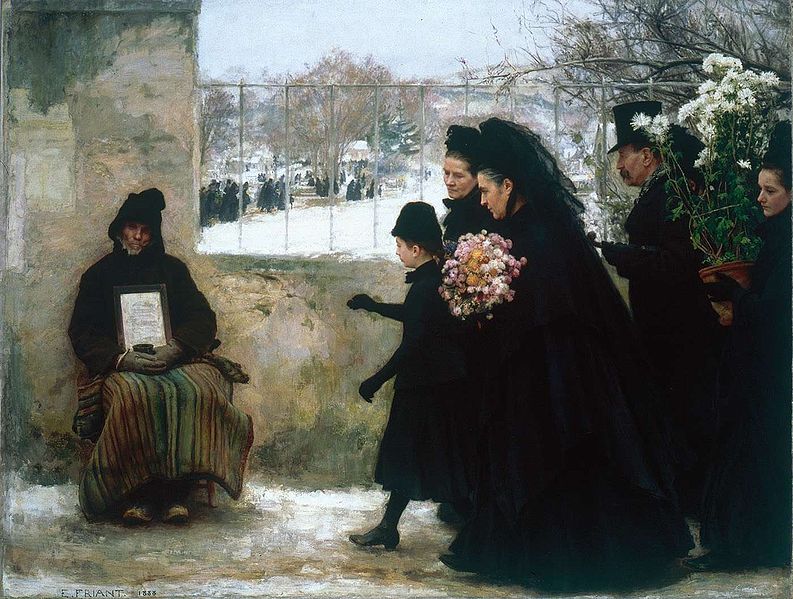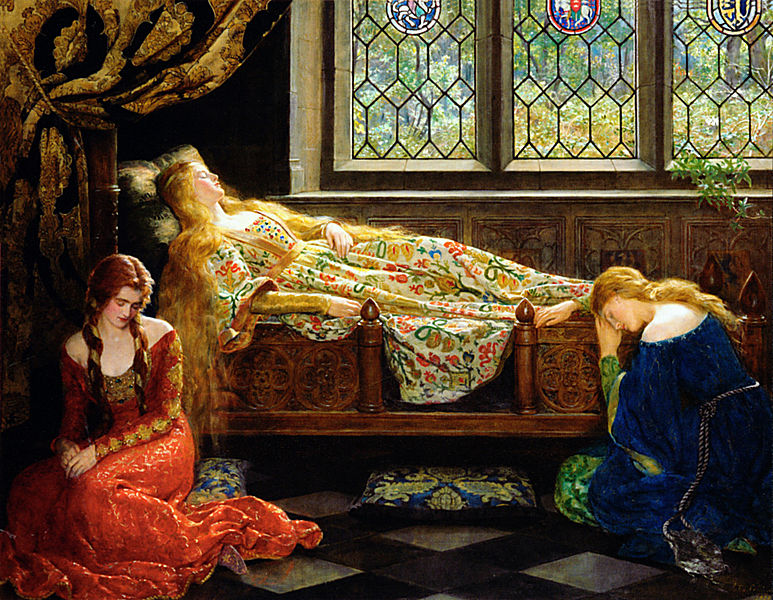
To follow up on a post last week comparing non guaranteed interest rates for seventeen major life insurance carriers, Met Life 5.45% was the highest and Banner the lowest at 3.00%. But non guaranteed rates are a secondary consideration with Guaranteed Universal Life products, as these were.
For example, compare MetLife’s “Guarantee Advantage Universal Life” with Banner’s “Life Choice UL”: $250,000 Face amount, age 63, female, preferred non tobacco rate, lifetime guarantee no lapse.
| Annual Premium |
Carriier |
Guaranteed Interest Rate |
Current Non Guaranteed Interest Rate |
Guaranteed
Cash Value
Year 20 |
Non guaranteed Cash Value
Year 20 |
|
|
|
|
|
|
| $3,724.44 |
Banner |
3.00% |
3.00% |
$20,854 |
$20,854 |
| $4,568.02 |
MetLife |
3.00% |
5.45% |
0 |
0 |
With a Guarantee UL, also called no lapse guranteed UL, the lowest premium is the most important factor, locking in lifetime coverage fixed premium. Cash value is usually not a factor at all, but can come into play in a few important ways.
1. Cash value acts as a safety net if premium are not paid on time to prevent the policy from lapsing. That’s the biggest risk and challenge of a no lapse UL. Can the policy owner make timely payments for 10, 20 years or longer? That’s a detail that can be missed when juggling accounts or switching banks. The bank draft should be set up to be fool proof. If a mistake is made, missing two or more payments, cash value can rescue the error.
2. Drawing down cash value instead of premiums if the policy holder is in failing health or terminally ill. On a level face amount policy, whatever cash value becomes irrelevant when the policy holder passes away. The policy will only pay out the face amount. It’s use it or lose it with cash value. Proper management of cash value in any universal life policy can save the policy owner thousands in premiums.
Banner’s guaranteed UL builds guaranteed cash value making it one of the top guaranteed ULs on the market. Banner also has very competitive premiums. Metlife’s non guaranteed 5.45% projects $12,860 cash value in year 10, but declines steadily thereafter as age related cost of insurance rises. Metlife’s premium is much higher for the same coverage, with the non guaranteed rate only a marginal factor in the early years of coverage, Banner has by far better plan.
Quotes run on 3/6/2012 to the best of my knowledge and are subject to change, as are non guaranteed rates.
Carriers and Products:
MetLife Investors U.S.A. Insurance Company: “Guarantee Advantage Universal Life”
Banner Life Insurance Company: “Life Choice UL”
.










